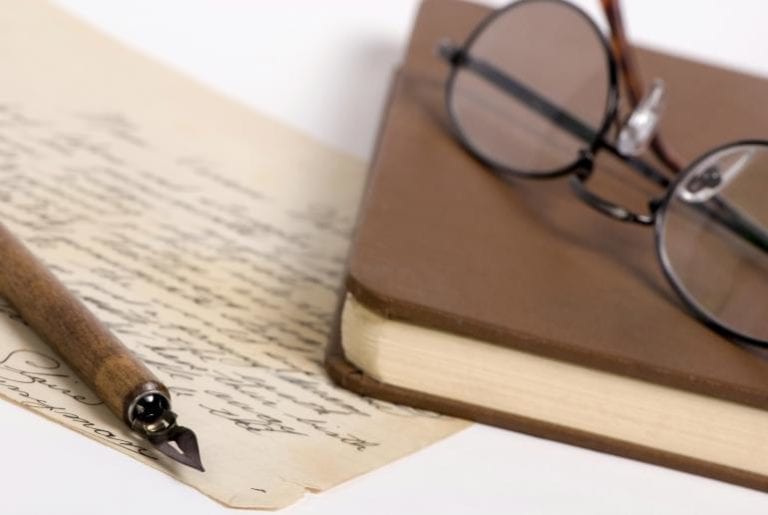Liraz Postan
Liraz is an International SEO and Content Expert with over 13 years of experience.

Poetry is one of the most difficult things for a translation professional to work on because it’s not just meaning and tone, but the structure, rhythm, and rhyme scheme.
Ah, poetry. I won’t claim to be an artistic soul. I do enjoy poetry on a certain level, but am often left with a feeling that I haven’t quite gotten it, and that whatever level I’m enjoying it on is certainly a superficial level, or an intensely personal one that no one else would share or understand. There’s nothing wrong with that, I don’t think – and there is always going to be a level of personal interpretation when you read poetry, I should think.
But I have never considered myself much of an authority on poetry and thus usually avoid taking on translation work that involves it.
Those sort of jobs tend to go to specialists, anyway, and I don’t miss them, but I have had occasion to tackle a few works of poetry here and there, and have done a bit of research on the techniques used as a result. As with anything else, there is a surprising variety of methods used in the translation of poetry.
The form of the poetry is your first consideration. If it is a formal structure, with carefully controlled rhythm and metre and a rhyming scheme, you will have your work cut out for you in translation.
You can go one of two ways, of course: You can attempt to keep the structure and rhyme scheme, but this of course requires a tremendous amount of effort and skill. You must basically be a poet yourself, and despite what everyone who has ever composed a simple rhyme for a Valentine’s Day card, poetry is a subtle and complicated art form. Writing a poem in the first place isn’t easy. Writing it again in a totally different language is nearly impossible.
Your other approach, of course, is to eschew the structure and rhyme scheme and simply translate the imagery as best you can.
While this can give someone the sense of the poem, it’s no longer actually the poem at all, is it? Because the rhythm and structure are part of a poem’s DNA. Get rid of them and you don’t really have the same thing.
And that is, of course, a larger question of translation work: How much does structure and rhythm matter in a text? The act of translation can be seen as a violent one, exploding the source and then reconstructing it in a rough simulacrum in the target language, using the shards.
While this works well when all that matters is tone and word choice – tone and words being two things just about every language can convey equally well – when it comes to structuring and precision of syllables, stress, and sound, you’ve got an impossible problem.
Some translation professionals will choose to mimic the sound of a poem instead of the literal meaning, and others will transform the poem into a prose version, capturing what they think is important about the original. Whatever the choice, it isn’t the same poem.
What our customers are saying